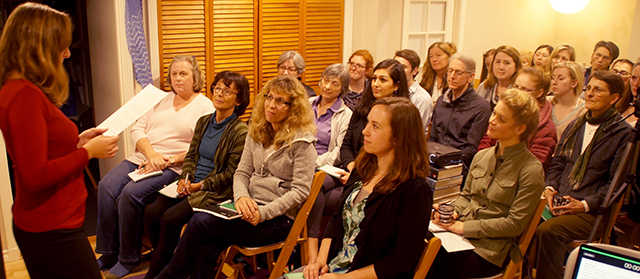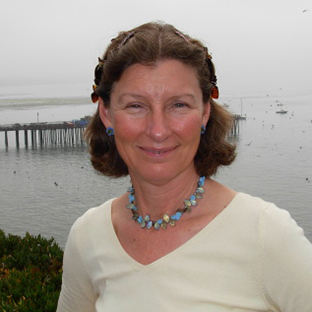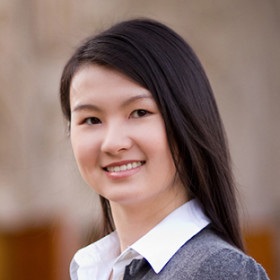On Wednesday, March 8, Dr. Sunjya Schweig and his wife, Lia Gaertner, together gave a deeply affecting and informative presentation sharing their personal and professional experiences with Lyme disease. The talk was part of the ongoing Distinguished Speaker Series. What follows is a synopsis of some of the highlights.

Lia Gaertner, a member of the Bay Area Lyme Foundation Science Committee, and Dr. Schweig, who is on the foundation’s Advisory Board, bring a wealth of professional expertise and knowledge to the table. But their story starts on a personal note, for it was just one month after Dr. Schweig started working in private practice that Lia — after 10 years of battling serious illness, unexplained symptoms, and debilitating physical and mental challenges — was finally diagnosed with Lyme disease. Together, the couple took what they describe wryly as a “rapid descent together down a rabbit hole” – a deep dive into Lyme, trying to learn as much as possible for their survival.


 By KP Stoller, MD, FACHM
By KP Stoller, MD, FACHM